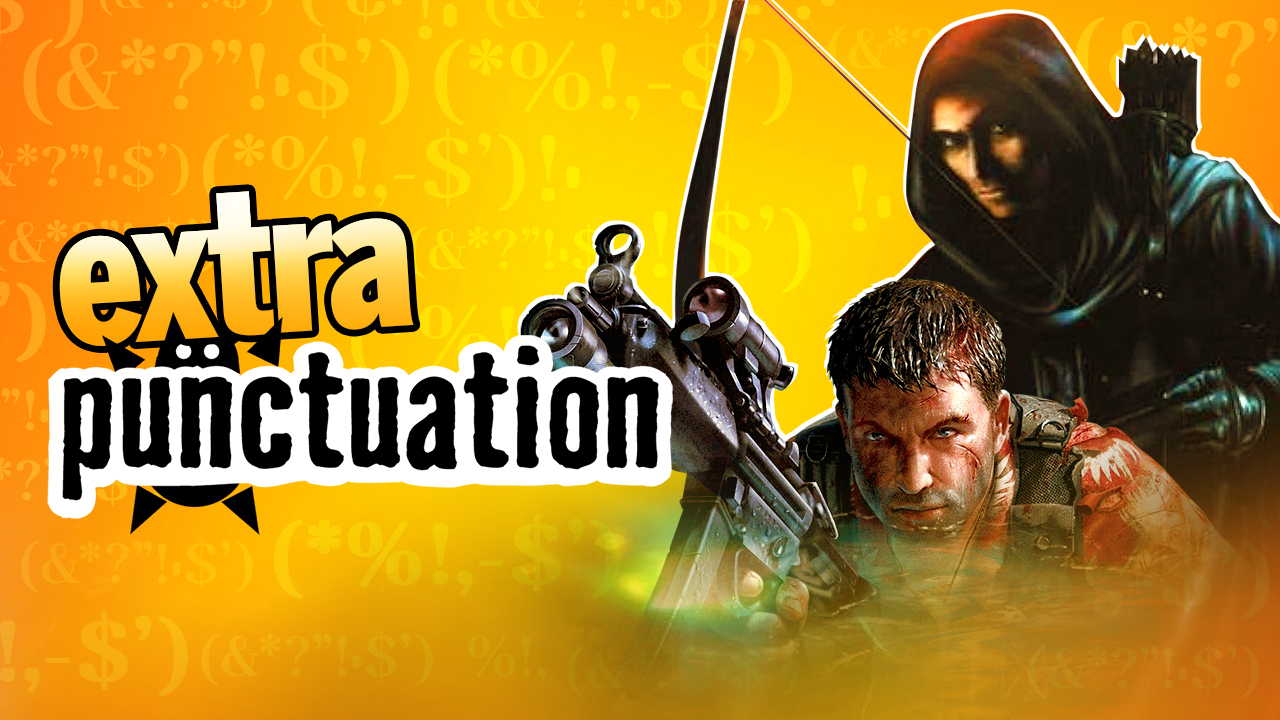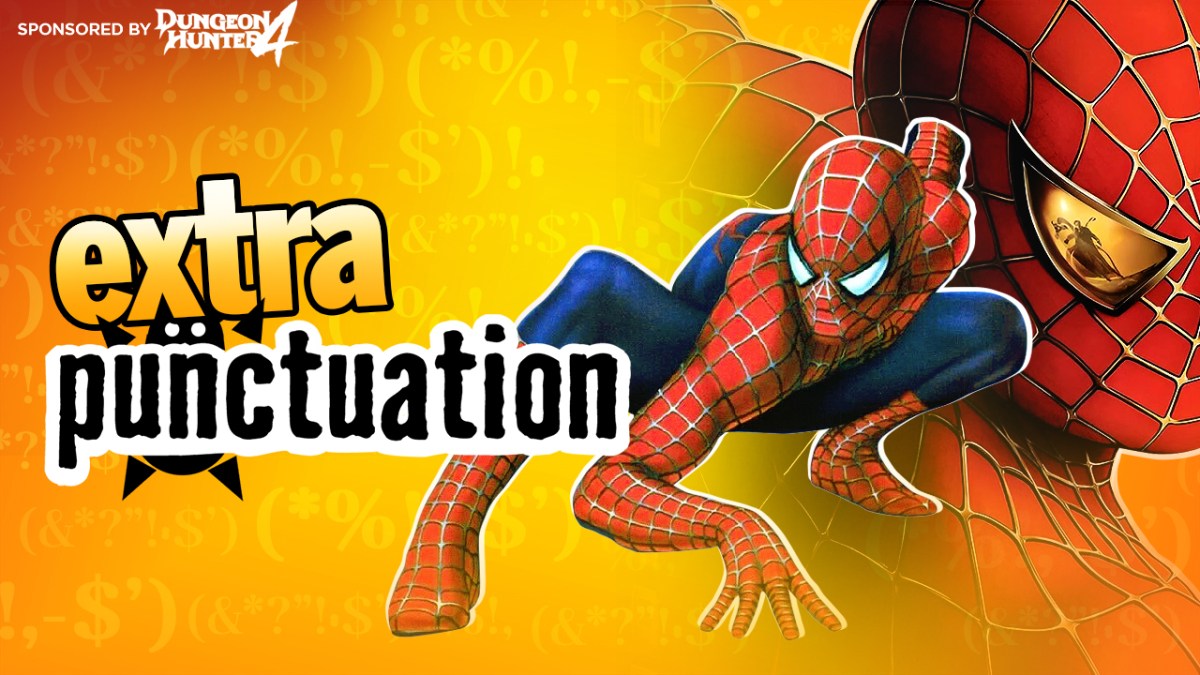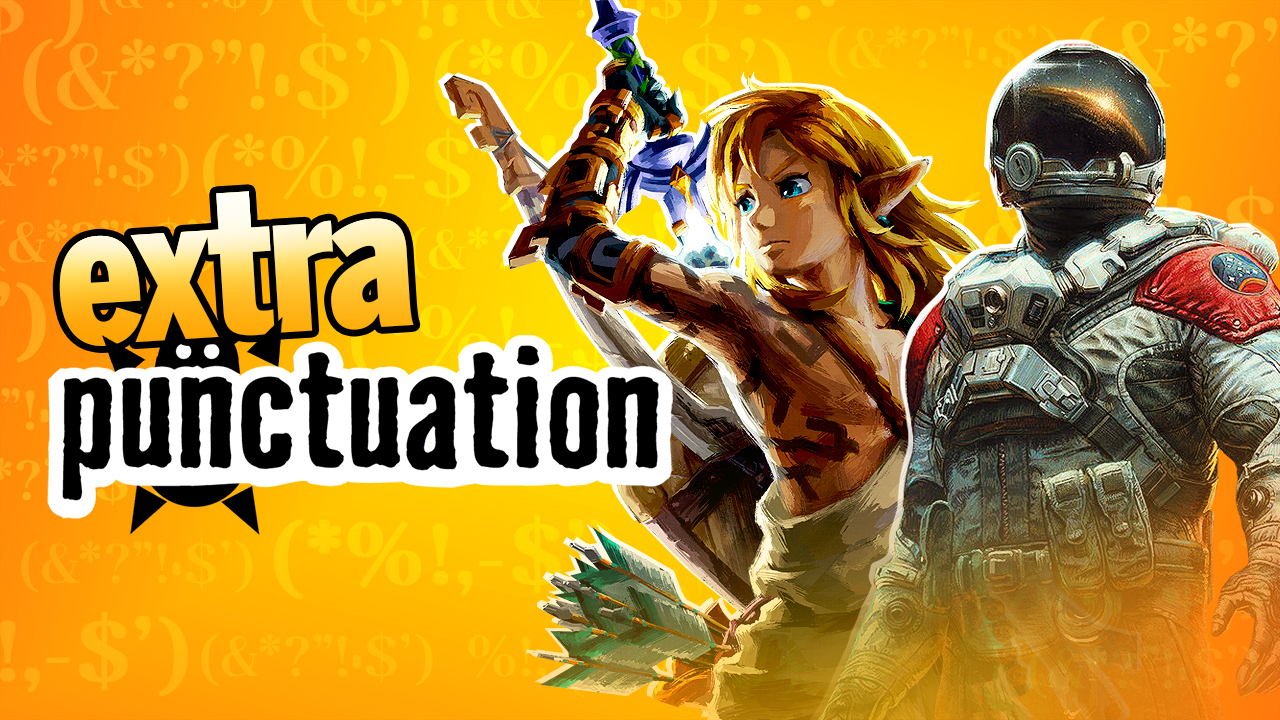
Isn’t hybridizing things fun? Not always for the entities being hybridized, I suppose, but more specifically hybridizing gameplay mechanics and genres is one of the best ways to innovate. Trouble is, it can also be a bit of a crapshoot. Hybridizing flight sims and cover-based shooters in Dark Void worked quite nicely for me, as did hybridizing every bloody genre in the world for Deus Ex, but for every one of those you’ve got examples like Mindjack and Brutal Legend that try to mix things that don’t belong together. With Mindjack, single player campaigns and multiplayer components, and with Brutal Legend, RTS and literally anything else.
Crucially, though, the fact that some mixtures don’t work is something that can only really be determined with practice. It’s like innovation in the games industry is this giant big-money game of Doodle God, grabbing two random things off the pile and pounding them together in your hands in the hope of finding something that people could actually be persuaded to blow money on, throwing everything else into the bin of obscurity forevermore.
But it’s clearer than ever to me that the mainstream gaming environment is the worst possible environment in which to do this kind of experimentation. You see, in Doodle God, you are told instantly whether or not you’re onto a good thing by mashing together rhythm games and flight simulators, but the development and release of Spitfire Hero for PS3 and 360 is going to be a year-long expensive slog that’s difficult enough to justify even with absolute certainty of success. There are so many expectations heaped onto any idea just by being on current generation consoles that development is automatically crippled. It’s like you want to bring a new kind of pony to the pony show, a pony with spliced lizard genes so it’s covered in green scales and smells with its tongue, but they won’t even let you in the door until your pony has been given a professionally-styled hairdo, a regulation jewel-encrusted bridle, a load of at least half a ton and been shot in the kneecap.
Before the current console generation I’d have said that the answer was to wait until what is currently considered top-of-the-range technology to become less expensive and more accessible to the less dwarf-scaringly huge communist-disgustingly wealthy developers. But that’s no longer the issue. Now it’s the fact that developing for PS3 or Xbox is just a shitload of work for a shitload of people with very specific skills. Designing a single high-definition model could be the best part of an artist’s work day and if you don’t have the resources to get all your animations mo-capped then you’d better scoot off back to the paddling pool before you drown, junior.
Mindjack looks like absolute arse, not for want of technology, but because it’s trying to keep up with the big boys. I look at it and I can almost hear its knicker elastic straining with the effort of everything it’s had to kill itself to include just so it can sit at the grown-ups table. Everything that players have just come to expect, like a dim, spoiled member of a royal family holding out their hand for another French fancy. The best graphics, minutely detailed, physics engines, particle effects, the whole package. The bare minimum of what a triple-A game is now mandated to have is such a greasy, bloated workload that there’s nothing left for much else. Oh, for the days of the last console generation, when technology sat on the very agreeable fence between high-techitude and accessibility, when developers weren’t so slow to ask themselves questions like “Strictly speaking do we really need a physics engine in a Championship Manager game? Is it so important that the league tables slide realistically down the screen?”

But that’s nothing I haven’t banged on about before. It seems the release of generic mediocrities like Mindjack always make me ramble disconnectedly about the state of gaming today ‘cos there’s not much else to do in the follow-up writings. So let’s go back to rambling disconnectedly about hybrid gameplay. Specifically, Mindjack‘s attempt at it, where multiplayer-inclined types can join someone’s single player session and control individual enemy soldiers.
You know, thinking about it with my massive brain, I wouldn’t throw out a single player/multiplayer hybrid game sight unseen. Mumorpugers do this very thing to a certain degree. At any time someone levelling on their own can cross paths with a group of wandering co-op players of the opposing faction and be immediately pounded into the floor in the name of making some reputation counter on some emotionless server somewhere go up by a tiny increment.
OK, maybe that was a bad example. I do think there is something to be said for a game in which one player is the lone hero and another controls the monsters. Not in the way Mindjack did it, though. Hopping from soldier to soldier was just way too fiddly for any strategy to come into it and I don’t think it holds up long enough to not get boring and repetitive in a full-length triple-A single player campaign. No, I’m thinking more in terms of a game where the evil player drops baddies or groups of baddies RTS-style, with short-ish twenty minute matches, like some version of Left 4 Dead where a human player takes the place of the AI Director. Not specifically that, though, because, as cruel as the AI Director can be, it’s still programmed to give the human players a breather every now again, and a human director would have no such compassion.
Right, I’ve got an image of it now. We make it one-on-one survival horror. Each match the lone hero player is dropped into a randomly generated labyrinth. Perhaps there’s a choice of décor – brick and flaming torch dungeon or abandoned flickery-light space station. The other player controls an assortment of hideous Lovecraftian monsters or carnivorous aliens. They have a certain amount of points that they spend on placing monsters in the labyrinth, which they also spend on transporting the existing monsters around and temporarily taking direct control of individual ones. The evil player only regains the points to spend on abilities when the hero player moves, so the hero knows that every step they take through the darkness empowers their foe. The hero has a projectile weapon, so the best way for the evil player to win is to take the hero by surprise. Thus creates an extremely tense game for the hero with natural calm-before-violence pacing created by the point-spending system. It’ll be great. Go make it. All game ideas I give in these columns I give freely without expectation of credit or financial reimbursement. They’re my gift to the world.
Of course, this definitely wouldn’t work as a triple-A game, but just as a fun little downloadable indie thing. Which is just as well, because if it were triple-A the publisher wouldn’t release it until we worked in some quick time events and got Nolan North to voice a wacky sidekick.
Yahtzee is a British-born, currently Australian-based writer and gamer with a sweet hat and a chip on his shoulder. When he isn’t talking very fast into a headset mic he also designs freeware adventure games and writes the back page column for PC Gamer, who are too important to mention us. His personal site is www.fullyramblomatic.com.




Published: Mar 1, 2011 05:00 pm